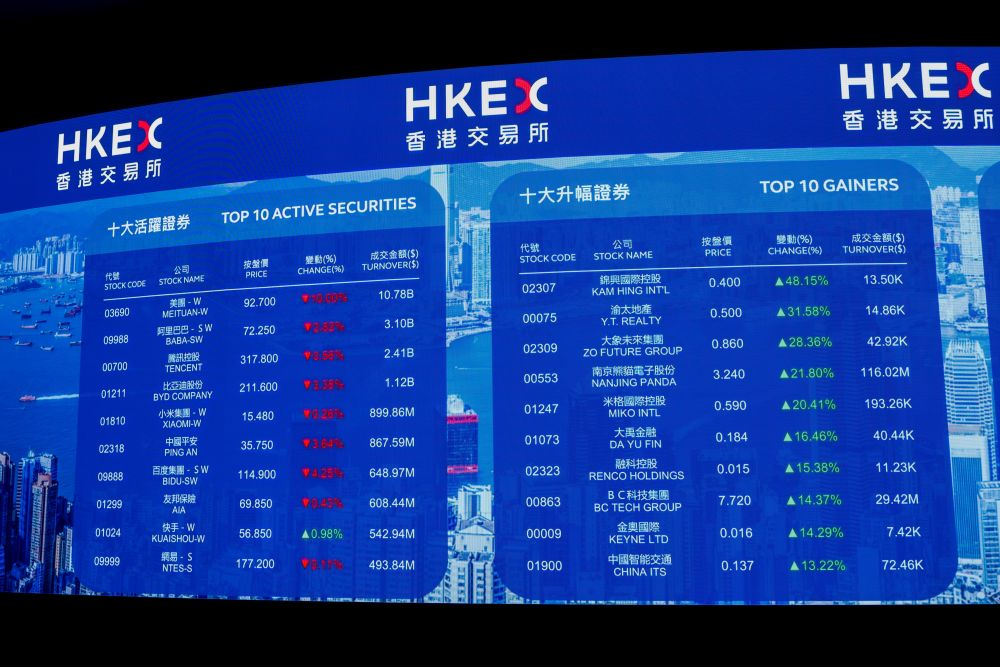Manulife Investment Management has integrated new guidelines for managing quality carbon credits for timberland and agriculture into its timberland acquisition screening for both existing carbon projects and new carbon project development opportunities with the aim of generating high-integrity, high-quality carbon credits for investors and the environment.
The new guidelines, which come after a year-long company landscape analysis of the leading carbon standards that various independent groups have created, are aligned with the preliminary Core Carbon Principles created by the Integrity Council for the Voluntary Carbon Market – a recently launched governance body evolving from the Taskforce on Scaling Voluntary Carbon Markets.
The firm includes – but does not limit – its new carbon guidelines to key principles of additionality, permanence, leakage, and accurate monitoring, reporting and verification, and it will only recommend opportunities if the project closely adheres to the new guidelines.
Under these guidelines, the carbon credits are required to be:
- Real – They must genuinely reduce carbon emissions and contribute to global climate change initiatives
- Based on realistic and credible baselines – The baselines must be defined as levels of emissions normally occurring in a business-as-usual context
- Monitored, reported and verified – Credits must use recognized and certified intermediaries, platforms and protocols, run by public or private organizations for verification, issuance and credit trading
- Permanent – Carbon is sequestered for the long term for true climate benefit
- Additional – Additive carbon sequestration above and beyond the status quo that wouldn’t otherwise have occurred in the absence of carbon finance
- Able to minimize and account for any leakage – Calculate and minimize emissions that may transfer to adjacent or nearby locations that aren’t participating
- Only counted once – Unambiguous attribution of the credit
- Focused on co-benefits and doing no net harm – Focus on additional social and ecological benefits, such as improving biodiversity and minimizing negative externalities, that may result from carbon project activities
- Managed to avoid enabling greenwashing for carbon offset buyers and carbon inset transfer recipients – Rigorously screen potential credit buyers and recipients for tangible commitments to and progress towards climate action.
“We recognize the demand for carbon offsets that is currently primarily driven by corporate net-zero commitments; however, it is anticipated that voluntary carbon offset demand will increase by a factor of up to 100 times by 2050,” says Thomas G. Sarno, global head of timberland investments, Manulife Investment Management. “The increased demand is helping to move the carbon markets towards greater transparency and standardization for sequestration and is another way for clients to put capital to work while making a positive impact.”
Manulife manages approximately six million acres of timberland across the United States, Canada, New Zealand, Australia, Brazil and Chile. It also oversees approximately 400,000 acres of prime farmland in major agricultural regions of the United States and in Canada, Chile and Australia. The firm's comprehensive private markets businesses include private equity and credit, infrastructure, real estate, timberland and agriculture, with total global assets under management, as of December 12 2021, of US$59.2 billion.







